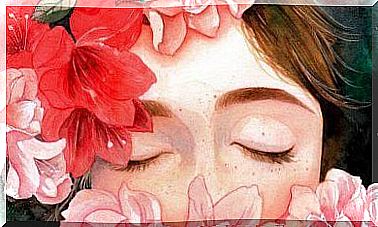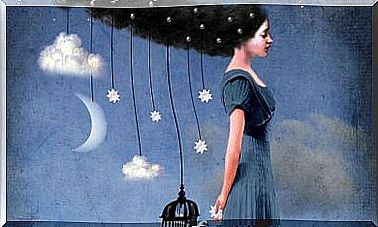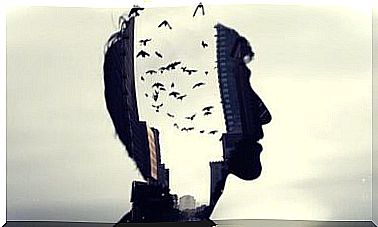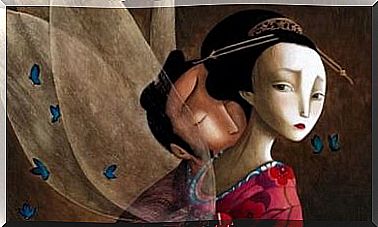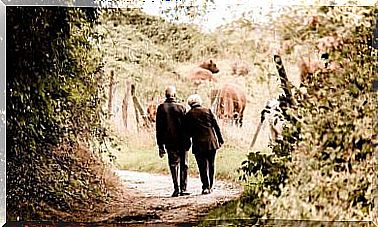Umberto Eco: Biography Of A Writer And Philosopher

Learn more about the biography of Umberto Eco, Italian writer, literary critic, philosopher, semiologist and university professor. He is widely recognized for his 1980 novel Il nome della rosa (The Name of the Rose). It is a historical mystery novel that combines semiotics in fiction with biblical analysis, medieval studies and literary theory.
Umberto Eco was born on January 5, 1932 in the Piedmont region of northern Italy. His father, Giulio, was an accountant and served in three wars throughout his life. As a child, Umberto spent hours and hours in his grandfather’s basement. In this place, he began to absorb literature ; he read his grandfather’s collection that included Jules Verne, Marco Polo, and Charles Darwin. During the dictatorship of Benito Mussolini, Umberto won first prize in an essay contest for young fascists.
After World War II, Eco joined a Catholic youth organization. Before long, he would become their national leader. However, he resigned from office in 1954 during protests against the conservative policies of Pope Pius XII, but maintained a strong connection with the church which was reflected in his doctoral thesis, as he obtained it in philosophy at the University of Turin in 1956, with a thesis on Thomas Aquinas.
Eco worked as a cultural editor for the state broadcaster Radiotelevisione Italiana (RAI). In addition, he was a professor at the University of Turin (1956-1964). During his work at RAI, Eco became friends with a group of avant-garde artists. This avant-garde group was known as Gruppo 63, made up of musicians, painters and writers who became a fundamental influence on Umberto Eco’s literary career.

The cultural legacy of Umberto Eco’s biography
As a semiologist, Umberto Eco interpreted cultures through signs and symbols. It analyzed both language and religious icons, posters, clothing, musical scores and even cartoons. While teaching at the University of Bologna, he published more than 20 nonfiction books on these issues.
The uniqueness of his literary work is due to his ability to imbue his novels with many of his academic concerns. Eco found a way to keep his academic life and his work as a fiction writer together.
The success of O Nome da Rosa , his first novel, was not repeated in his later works or in other works. The Name of the Rose was originally published in Europe in 1980 and has sold over 10 million copies in over 30 languages. There was also a film adaptation in 1986, directed by Jean-Jacques Annaud and starring Sean Connery, a work that was similarly a notable success.
Throughout his life, he continued to teach philosophy and later semiotics at the University of Bologna. He acquired a certain fame in Italy, his native country, for his weekly columns on popular culture and politics for L’Espresso , the country’s most important magazine.
His contribution to media culture is immense and can be identified through essays such as Phenomenology di Mike Bongiorno (Phenomenology of Mike Bongiorno). Eco’s influence has led to him being widely recognized and, as a result, he has been honored with more than 30 honorary doctorates from renowned and respected institutions such as Indiana University and Rutgers University.
The Name of the Rose and other literary works
As already mentioned, his most famous novel, The Name of the Rose, is set in a 14th century Italian monastery. The chosen location is the most suitable for the plot presented. An impenetrable monastery, in medieval times, we can almost smell the aroma of a church, a sacred place… In this sacred environment, a tragedy is built; soon the murders begin; monks die at the hands of their co-religionists who strive to conceal a lost philosophical treatise by Aristotle.
Taking advantage of mystery and fiction, Eco allows himself to leave room for debate, inserting entire chapters devoted to discussions of Christian theology and heresies. This idea may sound brilliant, but at the same time, it is inevitable to think about the controversy it can generate.
It’s really smart to turn a work conceived for entertainment into something different, turning it into a space for reflection and debate. Against all odds, Eco managed to captivate a massive audience with this thriller and mystery novel.
In this work, Eco establishes several parallel philosophical conflicts : absolute truth vs. . individual interpretation; stylized art vs . natural beauty; predestination vs. . free will; and, of course, spirituality vs. . religion. In other words, a series of fundamental dichotomies for the human being. All of this, as a result, provoked a constant dialogue between the traditional world of medieval Christianity and postmodernism. In this dialogue, Eco manages to examine the limits of each one.
His later novels feature several protagonists who have their roots in history. For example: a clairvoyant in the Middle Ages, a castaway from the 1600s, and a nineteenth-century physicist. Furthermore, all these novels have led readers to absorb large doses of semiotic reflections coupled with compelling fiction. Eco has always worked to maintain a strange balance between history, reality and fantasy in literary production.
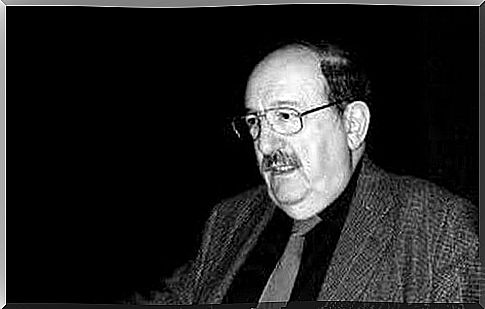
Umberto Eco: legacy to universal thinking
In September 1962, he married Renate Ramge, a German art teacher with whom he had a son and a daughter. Eco divided his time between an apartment in Milan and a holiday home near Rimini. He had a 30,000-volume library in his Milanese home and a 20,000-volume library in Rimini. Eco died at home in Milan from pancreatic cancer on the night of February 19, 2016, aged 84 years.
In 1988, at the University of Bologna, Eco created an unusual program entitled Anthropology of the West. This program was enormously revolutionary for the time, as it was proposed from the perspective of non-Westerns (African and Chinese scholars).
Based on this initiative, Eco developed an international intercultural network in collaboration with French anthropologist Alain Le Pichon. The Bologna program resulted in a series of lectures that would be the beginning of Baudolino , a work in which Eco raises the question of knowledge creation in China and Europe.
In short, the scholar pointed to the general tendency to classify symbols, ideas and concepts from foreign cultures, adapting them to the cultural reference system itself. The most significant case cited by Eco is that of Marco Polo who, upon seeing a rhino during his travels through the Orient, immediately identified it as a unicorn. Marco Polo had named the animal after the western image of the unicorn: a creature with a horn.
This kind of anecdote can be seen reflected in medieval texts and early travel books; even discovering America, several travelers claimed to have seen mermaids or spoke of exotic and fantastic places. So we can see that what Eco proposed is a consequence of our culture; like Marco Polo, we try to understand something unknown, adapting it to the filter of the known.
To complete Umberto Eco’s biography
Eco had a thought that made him a pioneer when it comes to interpreting the world according to our culture . Thus, Umberto Eco founded and developed one of the most important approaches to contemporary semiotics, commonly called interpretive semiotics.

